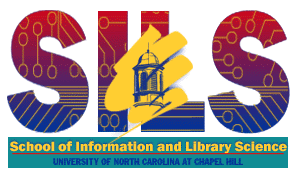
INLS 131
Management of Information Agencies
Fall 1999
Getting Ready for Class of Oct. 4, 1999
PROJECT MANAGEMENT
This reading (originally assigned to Wednesday last week) concerns project planning and is probably of more interest and value to the MSLS students. The citation is:Marks, Kenneth E., "Project Planning," Chapter 6 of Using Windows for Library Administration. Medford, NJ: Information Today, 1997, pp. 61-73.The chapter is a bit dated in its examples as they are worked out in the software so don't worry if the figures are not as legible as you might like. The chapter is not dated in the discussion of project thinking for librarians and is the reason I selected it for you to read.For the IS students, if you would prefer to read the introductory section of a project planning software manual, e.g., Microsoft Project, as a substitute, as I suspect you will, it will work equally well for my pedagogic concerns and probably better for you from a learning standpoint.
After your reading, you should:
- Be able to define CPM (critical path method) and PERT (program evaluation review technique) and give some examples of when these techniques might be useful.
- Know what Gantt charts are and consider when you might use one.
For reflection,
- Think about some group work project (doesn't have to be a school project, could be from work, from home, from church, from a volunteer organization you are currently involved in) and put yourself in the project manager's place. Work out a small project management chart (by hand is fine) with major tasks, milestones, "to do's", assignments (who does what when), budget (time and/or money), start times and end times and "critical path" (e.g., where there is slack)
- What do you see as the most important assistance that project planning gives you? If you don't see any, analyze why that's the case. Perhaps you're not a "planner" and you have a different way of doing things.